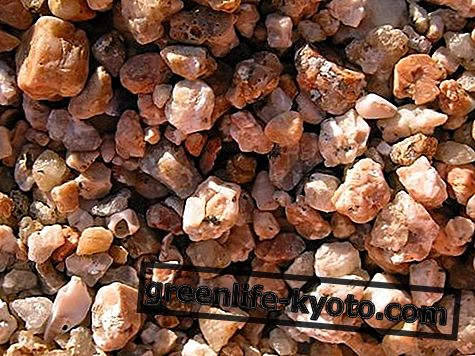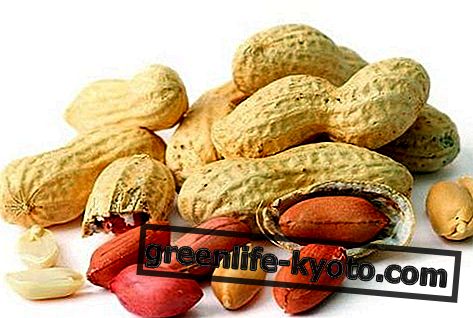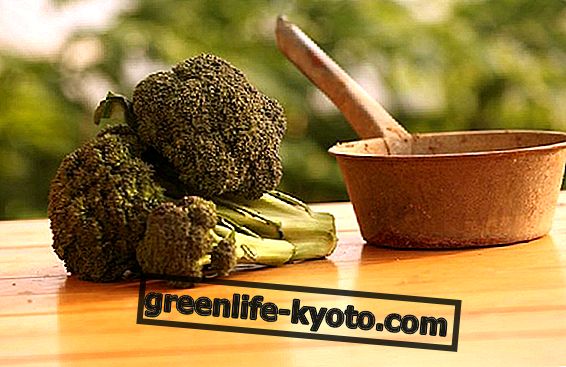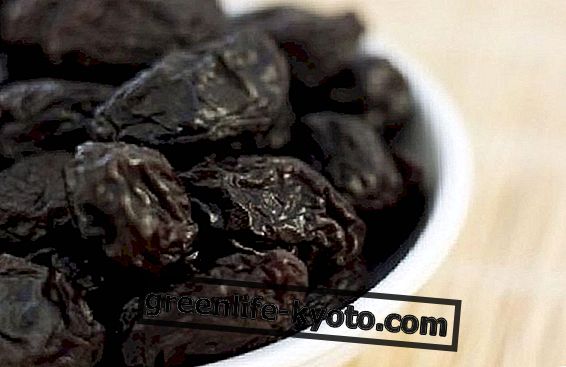
One of the most fascinating aspects of yoga, which distinguishes it profoundly and viscerally from any other type of movement-related discipline, is that it addresses and involves the person as a whole, both physically and mentally .
Therefore, a yoga class does not just stretch and stretch the muscles (as any "stretching" exercise could do), but also acts on the inner substrate of the practitioner.
Precisely for this reason it is very suitable for disorders of psychological origin, be they pathological or not, such as anxiety, depression, insomnia. Many times we advise you which asanas can be indicated for certain illnesses or for preventive purposes; we illustrated the newest or most extravagant yoga styles and showed the tools that could come to your rescue during the practice.
Now we will try to deepen the discussion by going to drop ourselves from the "outside" and turning our gaze inside us.
Asana as a meeting of body and mind
The word yoga comes from the Sanskrit root yuj which means "to unite ", "to subjugate". This practice proposes a vision of the human being that is no longer divided into independent and deaf components, but suggests that each part composes and encloses the whole .
The concept according to which the body and the mind are two separate entities, in this context, comes to crumble: acting on the body means acting on the mind, on the emotions and, ultimately, on oneself.
The hatha yoga uses the great repertoire of asanas, or postural attitudes (the "positions") to achieve the dual task of shaping the body and the mind. Says Gabriella Cella, writer and yoga teacher: " Asanas teach us to know and re-know ourselves in every form, to correct and dissolve the rigid knots of our body in order to untie the knots of the mind ".
During practice we do not forget this wise statement: an asana is not only a figure drawn with the body, but represents the opportunity to get inside us, to notice our blocks (physical and otherwise) and to face the storm of our emotions . If we are agitated, nervous or tense in practice this will surface; we will have the opportunity to become aware of it and, through abandonment and relaxation, to accept it and let it go.
The Great Beauty of yoga according to the photographer Robert Sturman
Body and mind are in mute and constant communication, therefore to detach the body from the penetration of the mind or to deprive the latter of the corporeality means to carry on a discourse with fragile feet and to lose a decisive part of the whole.
Yoga, on the other hand, constantly cultivates this union and each asana is an opportunity to experience it on oneself. To miss an opportunity of this kind to pursue perfection or acrobatics of the position would be a real pity as well as a departure from a genuine and profound practice.
Overcoming the asana and reflecting oneself in one's own "inner lake"
The contents of the previous paragraph represent the application of some important theoretical principles of yoga. The fathers of this discipline in fact conducted a very accurate analysis of the human mind and wondered about its dynamics.
This is not the place to start a study on this since there are many authoritative texts to turn to. We will limit ourselves, to encourage readers' curiosity, to propose the image that Patanjali offers of our mind: it is potentially a placid calm and transparent lake .
And yet, constantly, it is disturbed by waves and vortices that are the fruit of thoughts, emotions, memories, conditioning, education, personal history. The water becomes so turbid and agitated and scrutinizing the bottom is impossible.
The purpose of yoga is to become aware of these "modifications" and, ultimately, limit them until they are extinguished. This will allow the yogi to penetrate the depths of his own inner lake and enjoy all the treasures that are hidden in it.













